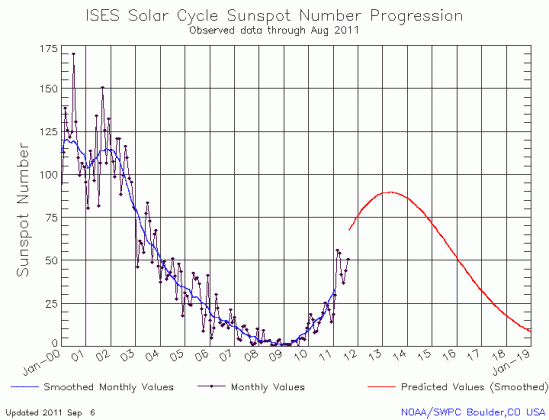Private Japanese weather company to launch satellite to track Arctic Ice
A private Japanese weather company plans to launch a satellite to track Arctic ice for use by shipping.
The satellite will transmit images and information about sea ice in the Arctic Ocean. Weathernews will combine the information with available data on sea currents, weather and wave height to provide consumers with a finished product enabling safe navigation along the northern route.
Though I know most people are skeptical of this idea, I think that all weather information should be gathered and sold by private companies, as Weathernews is doing above. For example, the Weather Channel makes its money providing weather information to the public. If they didn’t get the satellite data free from NOAA weather satellites, they would have every reason to launch their own satellites.
A private Japanese weather company plans to launch a satellite to track Arctic ice for use by shipping.
The satellite will transmit images and information about sea ice in the Arctic Ocean. Weathernews will combine the information with available data on sea currents, weather and wave height to provide consumers with a finished product enabling safe navigation along the northern route.
Though I know most people are skeptical of this idea, I think that all weather information should be gathered and sold by private companies, as Weathernews is doing above. For example, the Weather Channel makes its money providing weather information to the public. If they didn’t get the satellite data free from NOAA weather satellites, they would have every reason to launch their own satellites.


